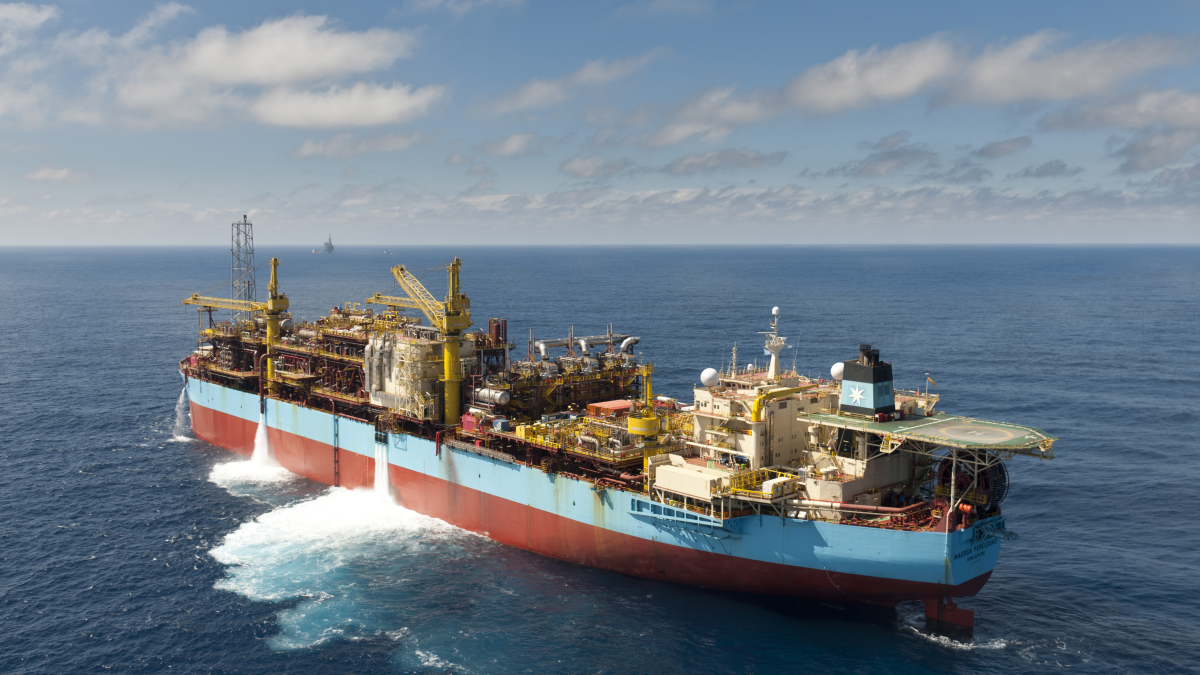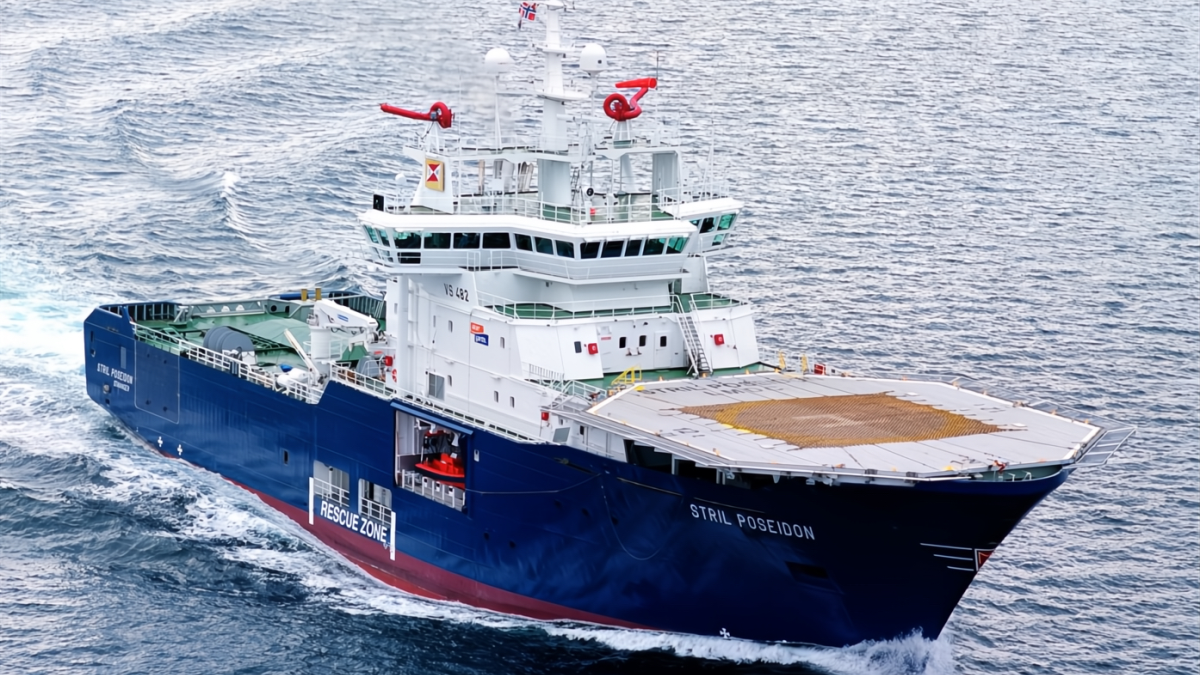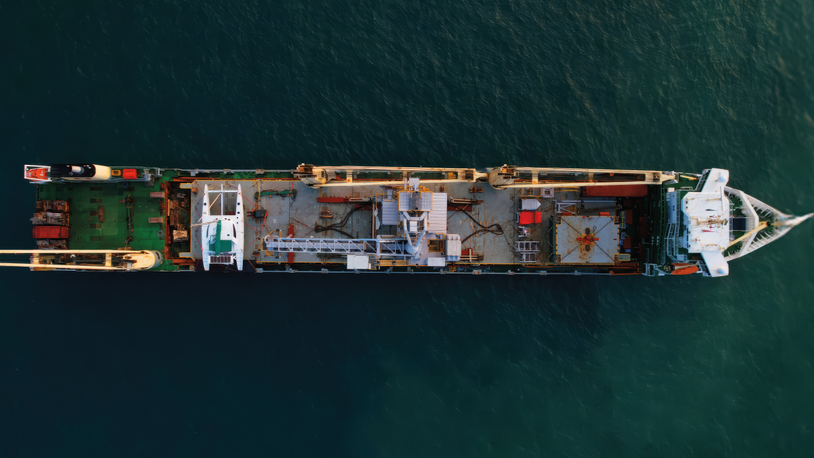Business Sectors
Contents
Register to read more articles.
Deepsea mining: without rules, it’s the ‘wild west’
The US is speeding ahead on deepsea mining in a bid to secure critical minerals, independent of China’s control
While the international community has failed to reach a consensus on rules and condemned unilateral action on deepsea mining, the Trump Administration is speeding ahead in its race to harvest critical minerals from the ocean floor.
The US sees critical minerals and rare earth elements as a national security issue. Cobalt, nickel, copper, manganese and other rare earth elements are used in defence, aerospace, energy, and other industries, playing a vital role in the nation’s economy. Much of current land-based production and mining of rare earth elements are controlled by China, giving it a near monopoly on these valuable resources.
Vast quantities of these valuable resources are contained in polymetallic nodules that lie deep on the ocean floor.
Part of its effort to secure reliable supplies of critical minerals independent of Beijing’s control, the US is building on its existing framework regulating deepsea mining enacted in the 1980s. The nation’s ambitions are outlined in President Trump’s executive order (EO), ‘Unleashing America’s Offshore Critical Minerals and Resources’, issued in April. The EO wants to establish the US “as a global leader in responsible seabed mineral exploration, development technologies, and practices, and as a partner for countries developing seabed mineral resources in areas within their national jurisdictions, including their Exclusive Economic Zones.”
“Negotiations failed to finalise a regulatory path while protecting the marine environment”
In May, the US Department of Interior initiated the process to evaluate a potential lease sale for the purpose of extracting critical minerals on the US Outer Continental Shelf in the waters offshore American Samoa.
US-based Impossible Metals sent a formal request for a lease sale to the Bureau of Ocean Energy Management in early April.
Meanwhile, the International Seabed Authority (ISA) was formed in 1982 to regulate seabed mining in areas beyond national jurisdiction for countries that are parties to the United Nations Convention on the Law of the Sea (UNCLOS).
In July, ISA delegates met in Kingston, Jamaica to negotiate the organisation’s draft Mining Code. But negotiations at the 30th Session of the ISA Council failed to finalise a regulatory path for collecting deepsea minerals while protecting the marine environment.
ISA Secretary-General, Leticia Carvalho said a science-based regulatory regime was needed “to prevent the chaos that unilateral action could bring.” Ms Carvalho added: “What will prevent the wild west are the rules.”
As the US is not a signatory to UNCLOS, it is basing its approach on its own Deep Seabed Hard Mineral Resources Act (DSHMRA).
Provisions in DSHMRA are under review by the National Oceanic and Atmospheric Administration, which is charged with issuing licenses and permits to US citizens in areas beyond national jurisdiction. The agency has proposed consolidating licensing and permitting to streamline the regulatory process. A comment period for the regulatory change is open until 5 September 2025.
Related to this Story
Events
International Bulk Shipping Conference 2025
Tankers 2030 Conference
Maritime Navigation Innovation Webinar Week
© 2024 Riviera Maritime Media Ltd.














